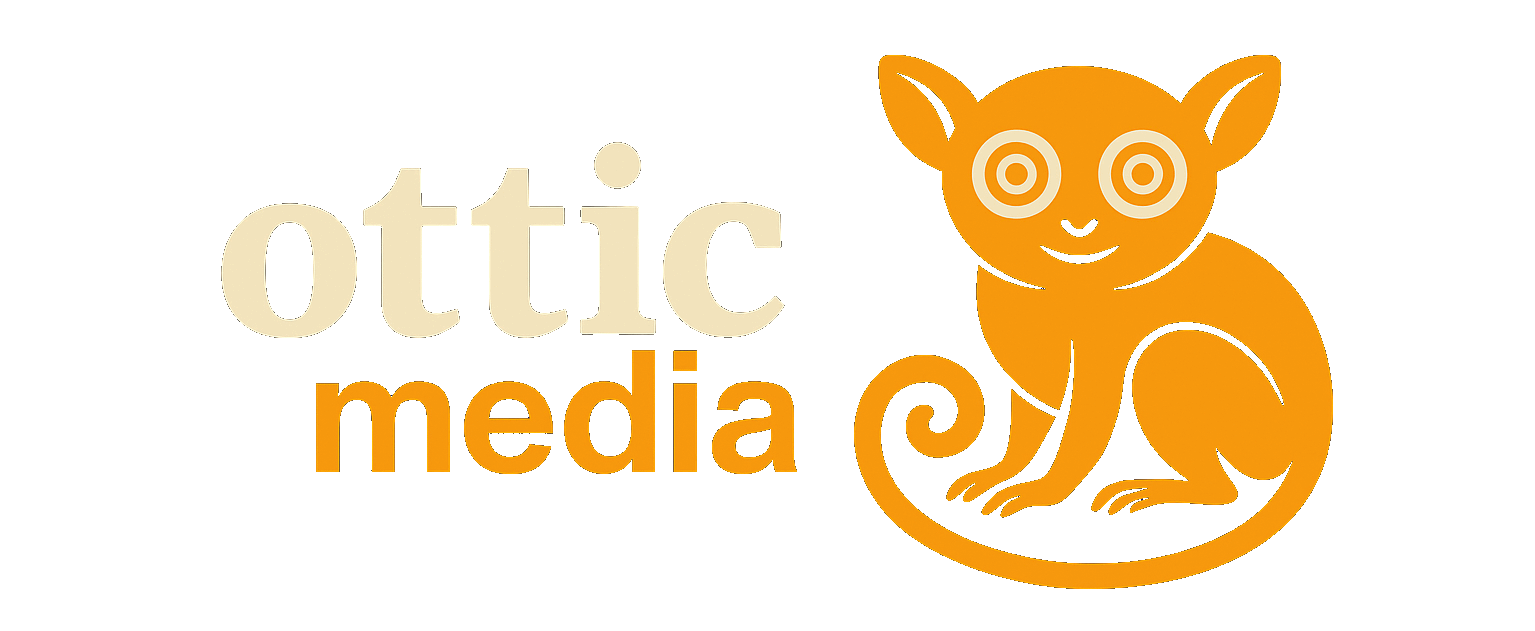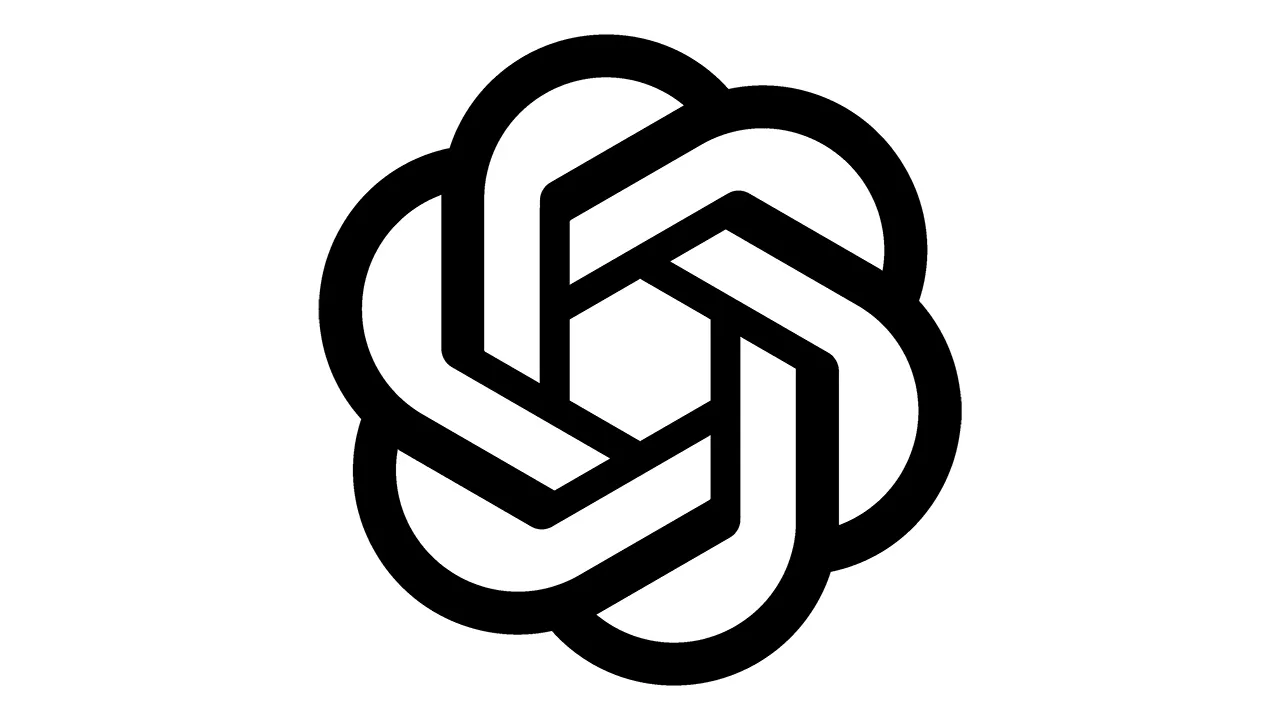ChatGPT has evolved into an incredibly powerful and versatile tool, capable of handling tasks from drafting emails to generating images, solving problems, explaining complex topics, and even engaging in voice conversations. What’s more, you don’t need to be a tech expert to harness its potential. While some of its most advanced features are part of paid subscriptions, the free version offers substantial utility that many users might not fully realize.
This article provides a straightforward, side-by-side comparison of over 35 capabilities ChatGPT offers, explained in plain language. We’ll explore what each feature does and how it can integrate into your daily workflow, free of technical jargon or complicated instructions.
Let’s dive in.
Understanding ChatGPT Access: Free vs. Paid
Free ChatGPT Account
Available at chatgpt.com, the free version requires creating an account and logging in to access basic features like chat history. It is powered by the GPT-4o Mini AI model, which is capable but less advanced than models available with paid upgrades.
Paid ChatGPT Accounts (Plus, Teams, Enterprise, Education, Pro)
These accounts require a monthly fee, with the Plus plan starting at $20 per month. Upgrading unlocks access to smarter AI models like GPT-4o. The Teams plan is similar to Plus, while the Pro plan, at $200 a month, offers even more extensive features, including unlimited access to advanced models and deep research capabilities.
Core ChatGPT Features Available to All Users
Regardless of your subscription status, several fundamental features form the backbone of the ChatGPT experience:
- Prompt Box (‘ask anything’): This is your primary interface for interacting with ChatGPT. You type your questions or requests here.
- Example: “write the history of chat GPT”.
- Prompting: The instructions you enter in the prompt box are called prompts. The quality and specificity of your prompt significantly influence the response you receive. A well-crafted prompt often includes:
- Context: Background information (e.g., “I’m writing an email to a client to confirm a project meeting. The tone should be professional but approachable”).
- Task: Clearly state what you want ChatGPT to do (e.g., “summarize the text in bullet points” or “draft a two-paragraph introduction for my presentation”).
- Details/Constraints: Specific requirements like length or style (e.g., “Rewrite this paragraph in a casual tone,” “keep it under a hundred words”).
- Follow-up Prompts: After receiving a response, you can ask ChatGPT to refine or elaborate on its answer.
- Example: If a response is too long, you can say, “give this to me in three bullet points instead.”
- File Upload: You can upload various documents directly from your computer using the plus option in the chat. You can also connect to Google Drive or Microsoft OneDrive to import files like Word documents or PDFs. You can upload up to 10 documents simultaneously for analysis.
- Example: Upload a Word document or PDF and prompt, “recap this in a single paragraph” to interact with your documents.
- Image Input / Vision Mode: Analyze existing images to understand their content. The free version has some limitations in depth compared to paid versions.
- Example: Upload an image and ask “explain this to me.” It can interpret historical timelines, graphs, and other visual data. You can also upload an image and ask for a new image based on it (e.g., “Turn this iPhone photo into an Instagram ad for Meta Ray-Bands with a techy background”).
- Voice Input: Use your microphone to dictate your prompts directly into the chat box.
- Example: Click the dictate button, speak your prompt, and send it.
- Voice Output / Voice Mode: Have ChatGPT read responses back to you and engage in a back-and-forth voice conversation. The availability of advanced voice mode may vary between free and paid tiers.
- Example: Activate voice mode, select a voice, and converse with ChatGPT verbally. The conversation is also transcribed in text.
- Image Generation: Create images by describing what you want. While available for free, it may be time-limited (e.g., two to three images per day) compared to paid access.
- Note: The quality of generated images can be impressive, and you can download them directly.
- Basic Memory: Within a single conversation, ChatGPT attempts to remember previous interactions up to a certain point.
- Chat History Access: All your conversations are saved in a side panel on the left, allowing you to revisit previous chats and continue them.
- Search Chat History: Easily find past conversations using the search option in the side panel.
- Example: Search “Meta Rayban” to locate a specific chat.
- Custom Instructions: Found under your profile picture, this feature allows you to customize ChatGPT’s behavior. You can tell it what to call you, your profession, and desired response traits (e.g., friendly, formal, concise). This ensures consistent responses tailored to your needs. You can also share personal information (e.g., “I’m trying to learn coding,” “I’m trying to grow my company”) that ChatGPT should consider. Custom instructions can be enabled or disabled for new chats.
- Web Browsing / Search: ChatGPT can search the web using a partnership with Bing. This allows for more up-to-date information compared to its internal training data.
- Example: Ask “compare the new iPhones and give it to me in table format” with search turned on for current, structured information.
- Reasoning Mode: This mode encourages ChatGPT to “think before it responds,” leading to more thoughtful rather than immediate answers. Advanced reasoning modes are generally tied to paid plans.
- Example: Ask “Based on what you know about me, should I get a Mac or a PC?” and observe it “thinking.”
- Canvas Mode: Accessed via three dots, this mode provides enhanced formatting for writing and coding, making content easy to copy while retaining its structure.
- Example: Ask it to “write a blog post about the history of the Roman Empire.” You can share content created in canvas mode via a public link, and edit it with suggested changes, length adjustments, or emoji additions.
- Temporary Mode: Activating this mode deactivates ChatGPT’s memory for the current conversation. These conversations will not appear in your history and will not be used to train the model, offering increased privacy.
- Explore GPTs: Discover customized versions of ChatGPT tailored for specific tasks, such as image generation, graphics (Canva), or logo creation. Free accounts can use these pre-made GPTs, but cannot create their own.
Unlocking Advanced Capabilities with Paid Plans
Upgrading to a paid plan significantly expands ChatGPT’s capabilities:
- Smarter AI Models: Gain access to superior models like GPT-4o (excellent for most queries) and GPT-4o mini high (optimized for reasoning), as well as newer versions like GPT-4.5.
- Long-Term Memory / Memory Reference: Enable a setting under personalization for ChatGPT to store and utilize information across conversations, remembering details about you or your preferences. You can manage (view, turn off, delete) these saved memories.
- Example: Say, “Remember that my company is called Skill,” and it will recall this in future interactions.
- Reference Chat History: With paid plans, ChatGPT can reference all your previous conversations, in addition to long-term memory. This can be toggled on or off.
- Create Custom GPTs: Build your own specialized versions of ChatGPT trained for specific tasks. You can train them with your own data and assign capabilities like Code Interpreter or data analysis.
- Examples: A custom GPT for YouTube titles, Facebook ads, or business Standard Operating Procedures (SOPs). These are powerful for repeatable tasks.
- Share Custom GPTs (Teams Plan): Teams plan users can share custom GPTs internally within their organization, with various sharing options available.
- Deep Research: A powerful search feature that allows ChatGPT to conduct in-depth research across dozens of websites (e.g., 20 sources) on a given topic, often spending 5-10 minutes gathering information. It may ask clarifying questions first and provides sources for the information it collects.
- Example: Ask “how do I grow a YouTube channel,” and deep research will compile a detailed presentation from multiple sources. Access to deep research is limited even on the Pro plan, though more extensive than lower tiers.
- Data Control: Paid plans offer greater control over your data. You can disable “Improve the model for everyone” in settings, preventing your conversations from being used for model training (this is disabled by default on the Teams plan). Paid plans also provide better security options and management for shared links.
- ChatGPT Projects: Available in the left panel, projects allow you to create dedicated workspaces for specific tasks, similar to custom GPTs but within a project structure.
- Example: Create a project for “creating ads.” You can add files and specific instructions to the project, which has access to search, Canvas, and file uploads. You can also build a knowledge base within a project.
- Connected Apps / Internal Knowledge (Teams Plan): Integrate data sources like your entire Google Drive in the Teams plan settings. This allows ChatGPT to pull relevant, personalized information from your connected knowledge base, distinct from individual file uploads.
- Advanced Reasoning: Utilize more sophisticated models for tasks requiring well-thought-out answers rather than quick responses. This feature is much more capable than the free version’s reasoning model. It can also interpret complex images and combine reasoning with image generation.
- Example: Upload a complex world image and ask it to “create a graphic from this image that’s a little bit easier to read.” It will analyze and generate a clearer graphic.
- Code Interpreter / Data Analysis: ChatGPT can write and execute code (like Python) in the background to analyze and visualize data.
- Example: Upload a data file and ask “what does this dataset show? show it to me as a graph here.” It can create visual graphs or tables, and you can engage in a conversation to explore the data further.
- Scheduled Tasks: Using specific models (e.g., GPT-4o with schedule tasks), you can set email reminders.
- Example: Set it to email you stock news every morning at 8:00.
- Operator (Pro Plan): An AI agent that gives ChatGPT the ability to perform actions for you on websites and create plans. This feature was in beta at the time of the source text.
- Example: Ask it to “book a spot at a restaurant with a great happy hour for next Wednesday.” It will attempt to navigate the website to complete the task.
- Sora (Pro Plan): Access to Sora allows you to transform text prompts into videos, or even use an image as a prompt to generate a video.
Conclusion
This overview reveals the extensive range of capabilities within ChatGPT, far beyond simple question-answering. If you’re currently using the free version, there’s a wealth of functionalities to explore, including chatting, writing, file uploads, image generation, and more. For those seeking advanced tools like custom bots, live internet access, enhanced voice features, or the ability to process large documents and interact with PDFs comprehensively, a paid plan unlocks a powerful suite of additional features.

